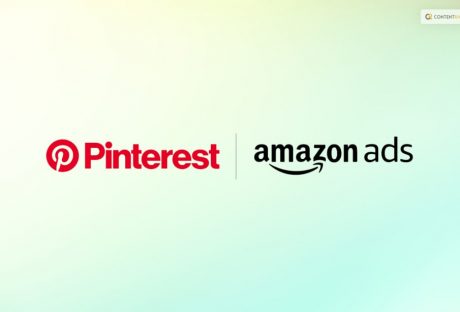Sam Altman, the previous CEO of OpenAI, returns after he was overthrown from the company by the last board members, including D’Angelo. Even though there was no specific information given as to why Altman was fired from the company, he is being hired back.
The decision taken by the board of directors of OpenAI last Friday shocked the Artificial Intelligence industry, especially because it was Altman who was the face and one of the company’s co-founders.
The startup organization, OpenAI, faced internal conflict as another co-founder, Greg Brockman, resigned as the president. Furthermore, a board member and fellow co-founder of OpenAI posted on X about how he deeply regretted his decision to fire Sam Altman from his position as CEO.
The post on the social media platform seemed like a mending of the bridge and trying to bring him back to the company. With all these developments among the senior management, the 770 startup employees also brazenly signed a letter.
In the letter, the employees called for the previous CEO Altman’s return and the previous board’s resignation. On the other hand, Microsoft’s approach to hiring Altman might not be happening anymore after this development.
The CEO Satya Nadella at Microsoft announced on Monday on X about the joining of Altman and Brockman to a new advanced team. Considering Microsoft is one of the largest investors of OpenAI, they believe that Altman will be working for them under any condition.
He also confirmed that he is open to Altman going back to OpenAI as long as the board’s problems at OpenAI are resolved along with the smooth governance of the organization. Initially, OpenAI was co-founded by Altman to benefit humanity by creating smarter content; however, it later became a profitable business.
He also shouted out to the employees at OpenAI regarding their petition in support of Altman. Further, the CEO offered jobs that matched the current job profile and responsibilities of all employees at OpenAI.
Learn More About:






















